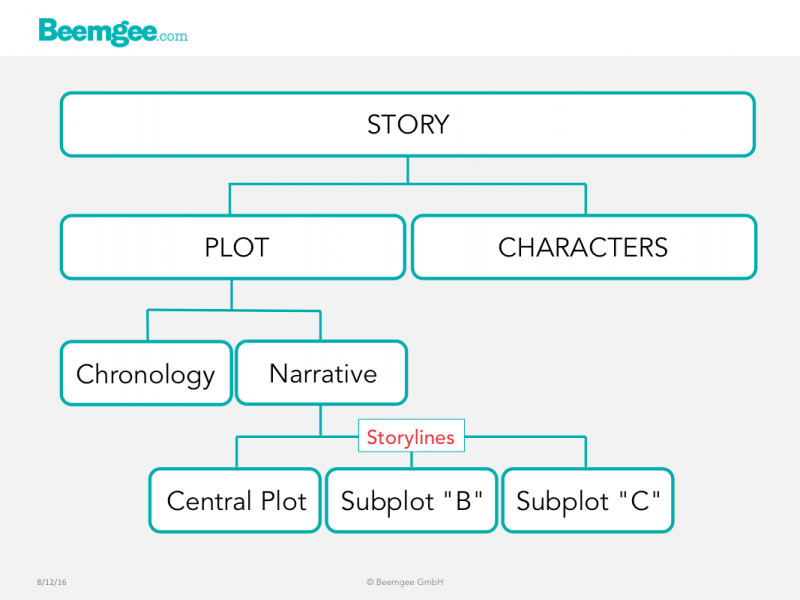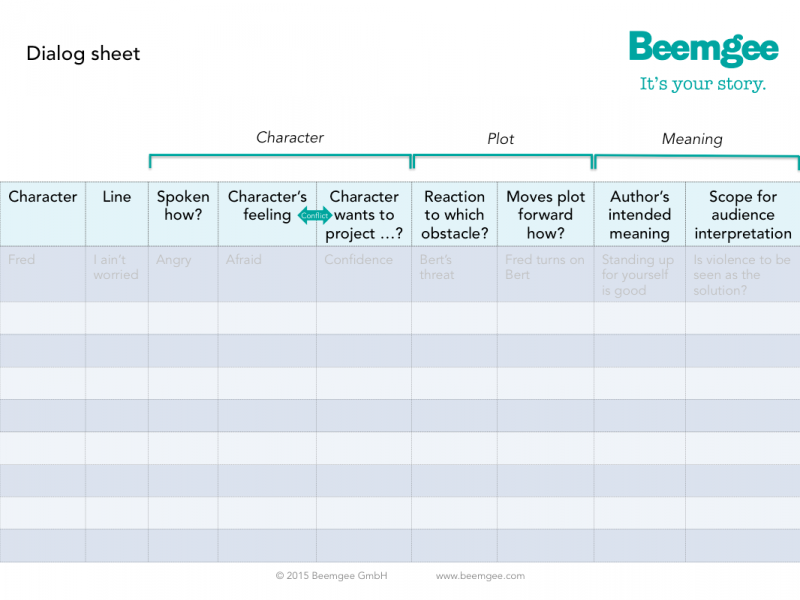A plot arises out of the actions and interactions of the characters.
On the whole, you need at least two characters to create a plot. Add even more characters to the mix, and you’ll have possibilities for more than one plot.
Most stories consist of more than one plot. Each such plot is a self-contained storyline.

The Central Plot
Often there is a central plot and at least one subplot. The central plot is usually the one that arcs across the entire narrative, from the onset of the external problem (the “inciting incident” for one character) to its resolution. This is the plot that is at the(more…)
In stories, characters are faced with obstacles.
These obstacles come in various forms and degrees of magnitude. And they may have different dimensions: they may be internal, external, or antagonistic.
Often the obstacles that resound most with a significant proportion of the audience are the ones that force the main characters to face and deal with problems within themselves, in their nature. In other words, with their internal problem.
Internal obstacles are the symptoms of the characters’ flaws, of the internal problem. The audience perceives them as scenes in which the character’s flaw prevents her progress.
Not every story features characters with internal problems. An internal problem is not strictly speaking necessary in order to create an exciting story.
But it helps.
The Emotional Truth
An internal problem makes the character appear fallible – and thus more credible, more human, more like us. Internal problems are invariably emotional and private. They express(more…)
Dialog enlivens stories. But writing dialog well is really hard.
For a start, there is the rule of thumb that it’s better for the author to use action to explain things or move the plot forward than dialog. When the author makes characters say things solely to convey some bit of knowledge to the audience or reader, the lines tend to feel false.
Nonetheless, Elmore Leonard noted how readers don’t usually skip dialog. People like dialog. Dialog can be exciting. So authors had better not avoid it altogether either.
As an author, here are the seven things you ought to consider about every single line of dialog you put into your characters’ mouths. We’ve created this free table to help you. Feel free to download, use and share it.

1
If you’re writing(more…)


